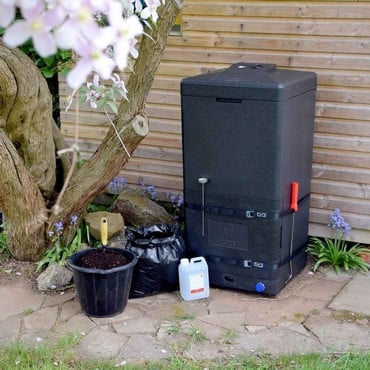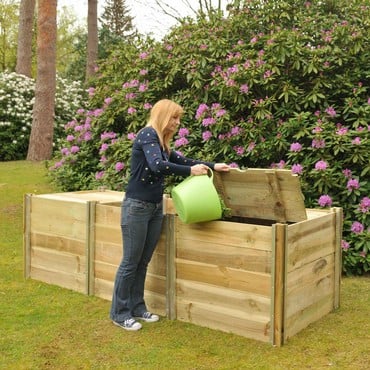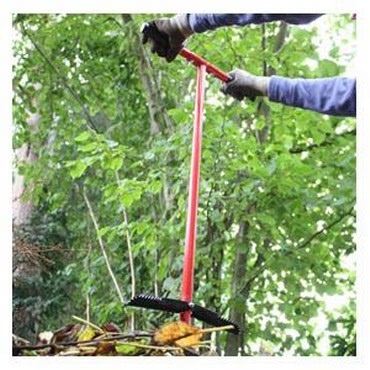For years, the art of making compost was shrouded in mystery. Gardeners would regularly creep down to their heap in a neglected and forgotten corner of the garden, armed with old plant material, newspapers and other seemingly useless and unwanted items before the big day, months later, when they would emerge with a steaming wheelbarrow full of wonderful compost.
All we would be told is that the ‘compost’ in the barrow was good for the garden and we would see just how big the rhubarb/onions/beans would be this year. They would mumble on about ‘compost recipes’, ‘turning the heap’ and ‘what a good drop of stuff’ was fermenting in that strange little world at the bottom of the garden. 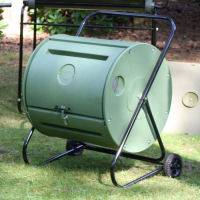
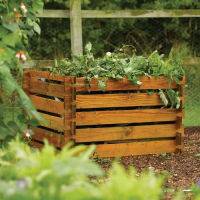 But those days are long gone! Composting 21st Century style involves using shiny round compost tumblers, and carefully designed wooden bins, beautifully crafted kitchen crocks and caddies and high quality compost being produced within weeks rather than months (or years!). All members of the family are now keen to home compost and recycle in general and now composting is simplified, and the only decision you need to make is this – do you go for hot composting or traditional composting?
But those days are long gone! Composting 21st Century style involves using shiny round compost tumblers, and carefully designed wooden bins, beautifully crafted kitchen crocks and caddies and high quality compost being produced within weeks rather than months (or years!). All members of the family are now keen to home compost and recycle in general and now composting is simplified, and the only decision you need to make is this – do you go for hot composting or traditional composting?
Let’s explain – hot composting is for gardeners in a hurry; the impatient; the committed and those with energy to burn. If you like to take things a little more leisurely, have no inclination to regularly turn a compost tumbler and can wait for nature to take its course, then you fall into the traditional category.
So now you’ve decided, what’s next? Whatever your persuasion, you still need to put together the same blend of materials to make your compost, and we can neatly divide these into greens and browns. Included in the green sector are grass cuttings, fruit and vegetable peelings, tea bags, annual weeds (before they run to seed) and old bedding plants, whilst on the brown team you’ll find newspaper (scrunch it up), twigs and woody prunings, cardboard, leaves and shredded paper. Fill your compost bin with a 50/50 mix from each group and off you – or rather the microbes which break down the material – go!
The 200 litre capacity Hot Bin - is a simple design to help maximise what nature does by bringing together the right conditions to make hot composting easier. It is the bacteria decomposing the waste that generates the heat and the HotBin aims to keep them happy so you can enjoy fast successful composting.
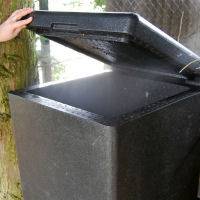
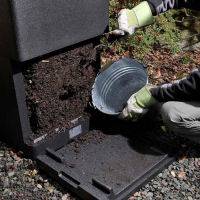
The 55cm deep by 63cm wide and 115cm high HotBin composter does this by providing effective
aeration between the bottom air inlet plate and the air outlet rotating valve, removing excess water through the valve as steam and allowing you to control the rate of heat loss.The HotBin can achieve hot composting between 40-60 °C, which means it can produce a rich compost faster. These hotter temperatures produced by the HotBin means you can recycle more types of household waste, even food waste.
The HotBin works all year round including the winter months, it arrives assembled and is ready to use and comes with a whole entourage of extras which will help revolutionise your home composting set up!
Meanwhile, the let-it-rot traditional folk whenever they have collected enough suitable material for their gently simmering heap and place it carefully on top; this method will produce the same standard of compost as the hot method, but it’ll take from 6 to 12 months and the lower temperatures in the bin may mean survival for any weed seeds or roots.
Whichever method you’ve decided to use, by composting at home you’ve produced a wonderful soil enhancer and fertilizer, practically for free; you’ve prevented waste organic material from ending up in a landfill site and thus producing methane as it decomposes; and it’s more than likely that you’ll be rewarded with strong, healthy plants and the feeling you’re definitely doing your bit to put the brakes on climate change.


















